Is Cucumber a Climber?
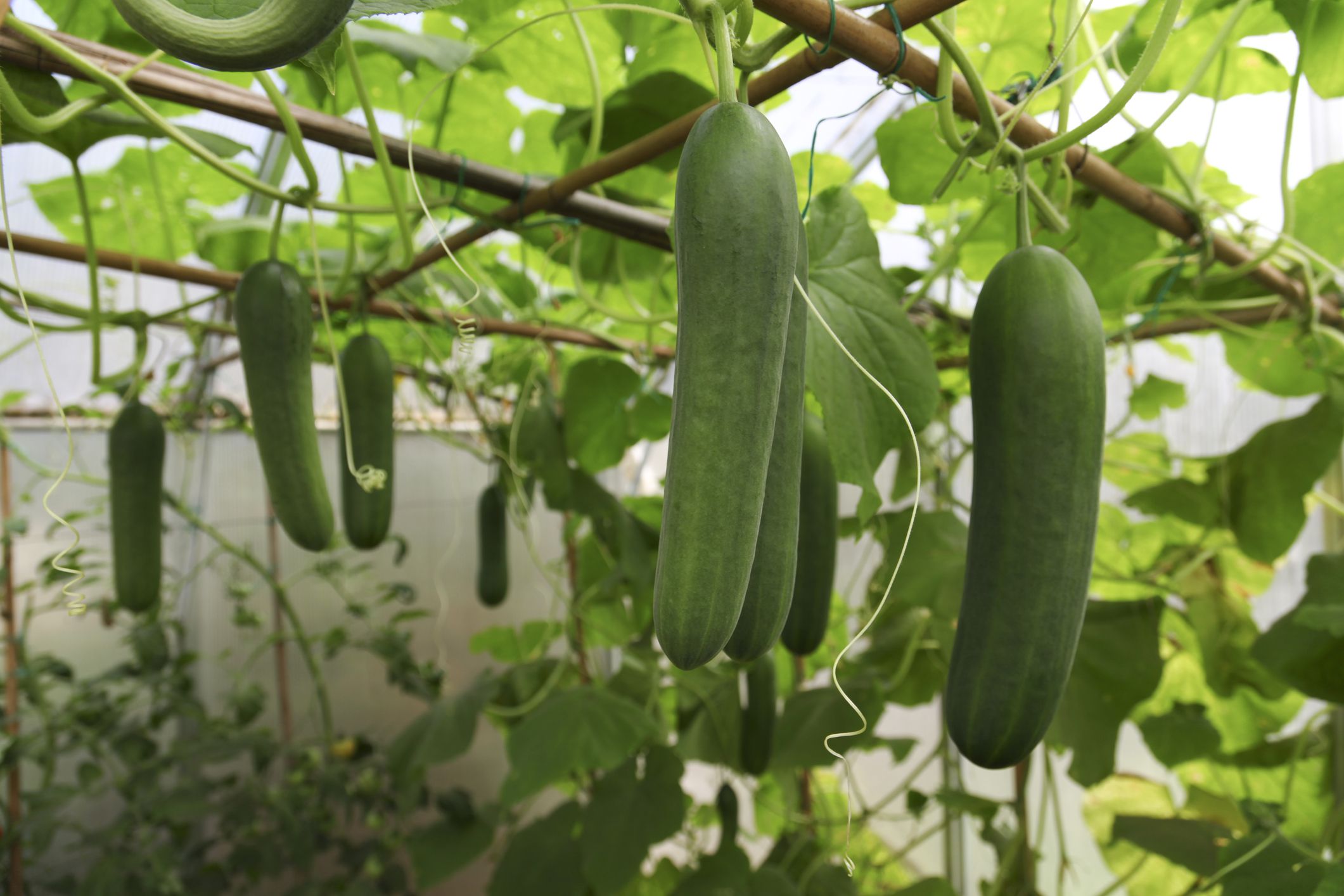
Table of Contents
Known as a type of botanical berry, cucumbers have a hard exterior with no internal divisions. They are cultivated as an edible fruit, but like tomatoes and squash, they fall under the vegetable category.
The nutritional value of cucumbers is generally low, but the succulent watery quality provides a refreshing taste and, therefore, is widely popular in humid and tropical regions. With fragile, long, and thin stems, the cucumber plant cannot actually support its weight and stand independently. So, they are often planted from potted seedlings that creep along the ground.
The wiry stems or tendrils curl around the supportive structure, plus with sufficient sunlight, water, and fertile soil, the plant can be transformed into a climbing vine.
Read below to find DIY tips for cultivating fast-growing climbing plants in your backyard and ways to maintain different varieties.
Growing Conditions of Cucumber
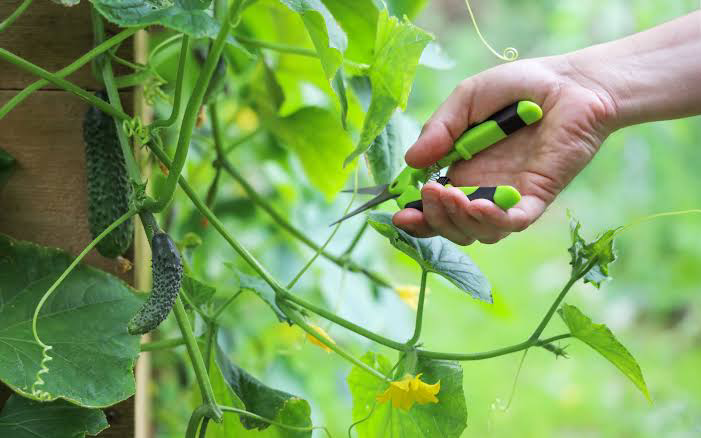
Cucumbers grow well in sunlight and moist conditions. The well-drained soil with slightly acidic pH and good drainage quality is considered best for growing most varieties. However, remember that vertically grown cucumbers lose moisture easily.
For propagating cucumber seeds, use nutrient-rich warm soil that enhances germination and growth. If you have green cucumber plants that have reached a preferred size, cut the stem using clippers while ensuring you do not damage the root during transplantation.

Spring is the best time to plant cucumbers. If you want to grow them indoors, use seedling trays with heat mats to ensure the soil is warm enough for germination. Use a fertilizer mix or soil compost, which includes phosphorus for flower growth, potassium to fight diseases, and nitrogen to maintain overall plant health.
For growing them vertically, choose a spot where maximum sunlight is available. The plants need at least eight hours of sun each day. If you do not have enough space to grow them in the ground, use containers with drainage holes to grow bush varieties.
As much as cucumbers need water to grow, avoid getting the plant and leaves wet since extra moisture makes it immune to fungal infections.
Supporting the Vertical Growth of Cucumber
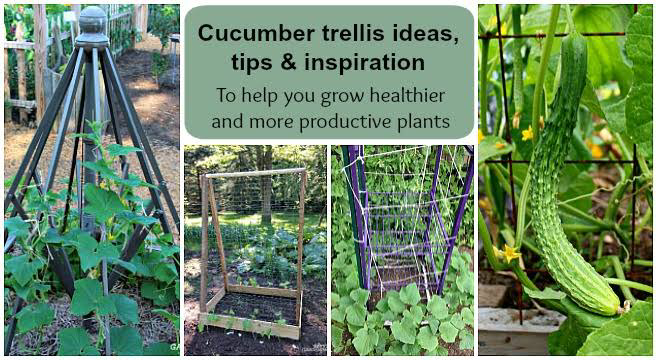
Prevent cucumbers from making a tangled mess on the ground by promoting vertical growth that also makes them less susceptible to pathogens and fungal wilts. To support vertical growth, follow these steps:
- Use a wire mesh and install a 5 to 6-foot supportive structure on it to promote cultivation and make weeding easier.
- Prepare the planting area by using a layer of compost. Now, mound the soil around the trellis line. You can use a rake to raise the planting bed.
- Now plant seeds an inch deep, spaced 12 inches apart. Ensure to mulch seeds that will conserve moisture.
- Twine cucumber vines around the support. You can help them cling to the support by tying loops.
- Fertilize soil every 2 to 3 weeks or use a diluted organic mix while watering the plants.
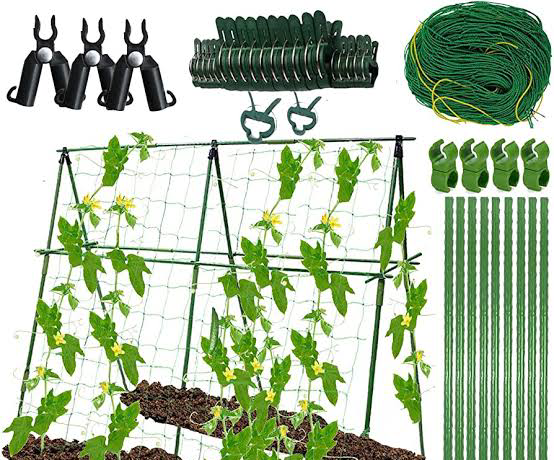
You can also choose from grid trellis, vegetable cages, arches, and A-frame structures. To train cucumber vines to climb a trellis, you can also use plastic ties or plant clips to wrap slender tendrils around the support. Here are some tips that will help you care for cucumber on a trellis:
- Use a watering wand to irrigate plants and avoid making the foliage wet.
- Add an organic fertilizer while planting or transplanting cucumber, and use liquid kelp once they begin flowering
- Observe the foliage daily to ensure no mildew or beetles have infected the plant.
- Start harvesting from the lowest level. Growing cucumbers vertically will take up less space and give you greater yield.
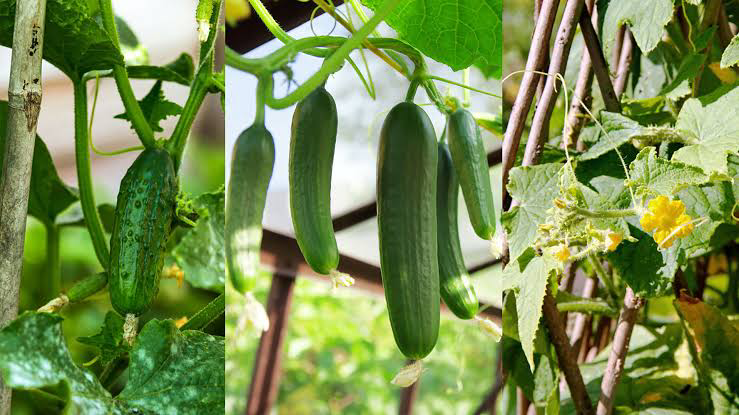
Growing cucumbers on a trellis makes it easier to water, clean, and harvest them, while improved airflow ensures leaves remain dry and the plant grows uniformly.
To further eliminate pests and weeds, you can grow cucumbers upside down by lining a container with landscape fabric and making holes for roots to penetrate properly. You can also build a wire grid or use the existing garden fence to plant cucumbers. Position the emerging vine to wrap tendrils and help it to climb.
Always prune secondary vines to avoid overcrowding and use bypass trimmers that do not damage the stem. You can use trim cuttings to propagate new plants.
For best results, clip a 3-5 inch cutting in the morning, possibly from the end of the vine below the second joint, and dip it in rooting hormones before you plant it in fertile soil. With this method, you will see a new plant in roughly three weeks.
Final Thoughts
Use any of the abovementioned techniques to transform this creeper into a climber and get enhanced yield. Now that you have learned how to grow and care for the cucumber plant, I’m sure you have an abundant yield and have run out of jars to pickle them.
You can also thinly slice and soak them in a mixture of olive oil and cider vinegar (taken in equal parts) with a sprinkle of salt to bake for 12-20 minutes and get amazing cucumber crisps.
Cucumber, being a natural hydrator, helps relieve headaches and stress. Being low in calories, they can be consumed to suppress hunger and thus are great for weight loss.
Frequently Asked Questions
Why Are Some Cucumbers Bitter?
Irregularity in water supply and incorrect soil temperature lead to stressed cucumber plants that taste bitter naturally. So irrigate cucumbers regularly and ensure no frosted conditions affect the plant.
Which Method Is Better for Growing Cucumbers?
Trailing and vining cucumbers protect them from insects and pests, therefore maximizing yield and overall quality. However, if you prefer growing it on the ground, remember to maintain the plant regularly.


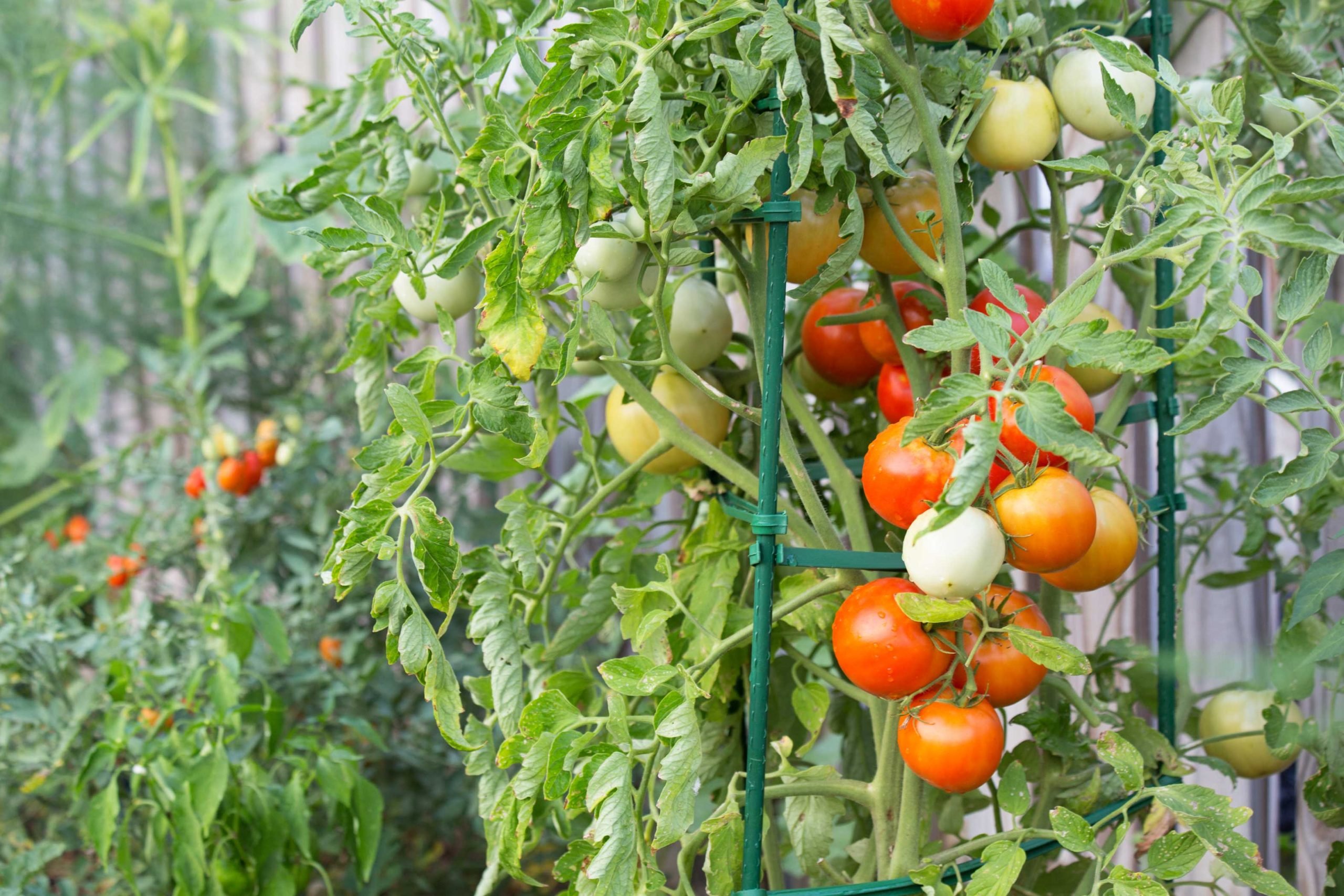


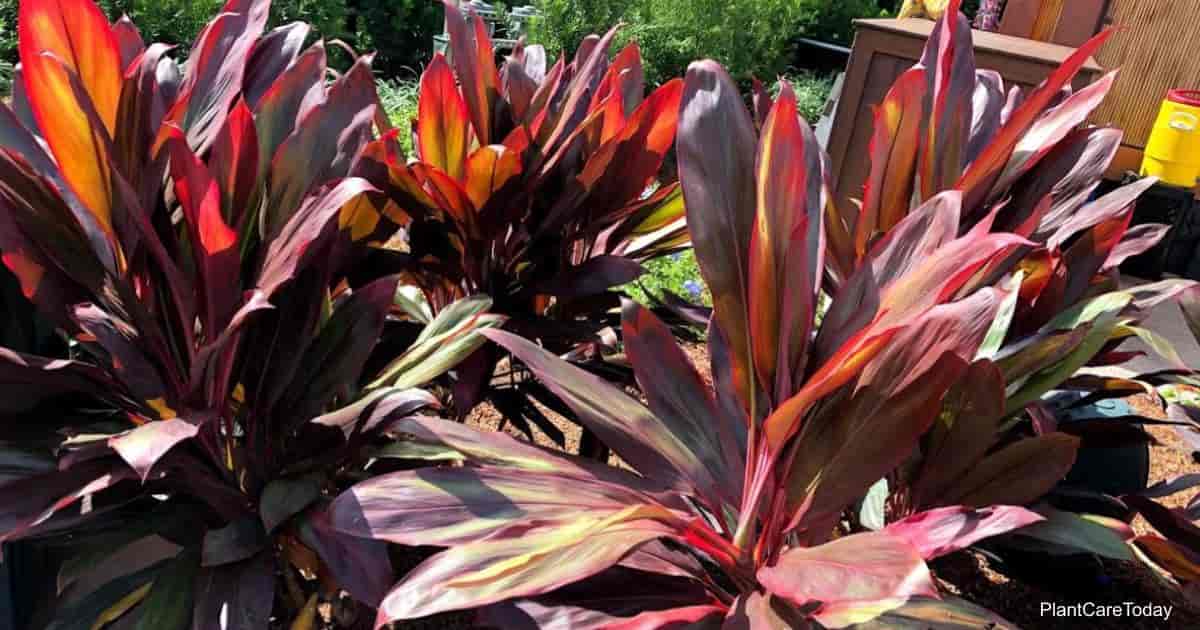
![Growing Carrots: Guide to Planting, Harvesting, & Nutrition [UK]](https://staging.thearches.co.uk/wp-content/uploads/How-To-Grow-Carrots-scaled.jpg)